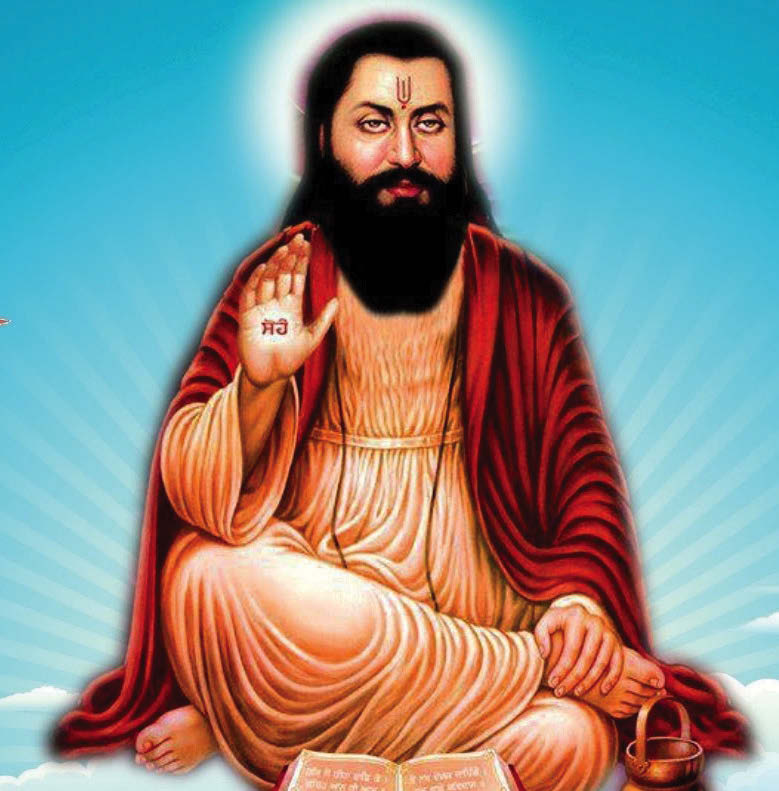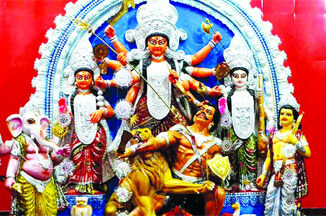
Bhanu Saptami, also known as Surya Jayanti, is a significant Hindu festival dedicated to the Sun God, Surya. Observed on the seventh day (Saptami) of the Shukla Paksha (waxing phase of the moon) in the Hindu month of Magha, this auspicious occasion celebrates the divine energy and life-giving force of the sun.
Mythological Significance
According to Hindu mythology, Bhanu Saptami marks the day when Lord Surya, the celestial source of light and energy, manifested in his full glory to illuminate the universe. The word Bhanu translates to “sun,” and the festival is a tribute to the sun’s role as the sustainer of life on Earth. Lord Surya is considered one of the Navagrahas (nine celestial planets) and is revered as a symbol of health, vitality, and prosperity.
The Sun God is often depicted riding a chariot driven by seven horses, symbolizing the seven colors of the spectrum and the seven days of the week. This imagery signifies Surya’s control over time and his ability to dispel darkness and ignorance.
Rituals and Practices
Surya Puja
Devotees wake up early on Bhanu Saptami and take a holy bath, often in sacred rivers, lakes, or water bodies, to purify their body and soul. They then perform Surya Puja, offering water, red flowers, rice, and other sacred items to the rising sun. Chanting the Aditya Hridayam or other Surya mantras is a common practice during the puja.
Fasting
Many devotees observe a fast on Bhanu Saptami to seek the blessings of Lord Surya. The fast is typically broken in the evening with sattvic (pure) food.
Charity
Acts of charity hold special significance on this day. Donating food, clothes, or money to the needy is believed to bring prosperity and spiritual merit.
Special Offerings
Devotees prepare special dishes as offerings to Lord Surya. Traditional items include jaggery, wheat, and red-colored fruits or sweets, as these are considered auspicious and symbolic of the sun’s energy.
Spiritual and Health Benefits
Bhanu Saptami holds great spiritual and health significance. The rituals performed on this day are believed to:
– Promote good health: Surya is associated with vitality and healing. Sun salutations (Surya Namaskar) and exposure to sunlight are emphasized for their physical and mental benefits.
– Enhance spiritual growth: Offering prayers to the Sun God helps devotees connect with cosmic energy and attain inner peace.
– Remove obstacles: Worshipping Surya on Bhanu Saptami is said to eliminate negativity and bring prosperity and success.
Regional Observances
Bhanu Saptami is celebrated with great fervor across India, particularly in states like Uttar Pradesh, Bihar, Rajasthan, Maharashtra, and Tamil Nadu. In South India, the festival is often observed as Ratha Saptami, where the focus is on Surya’s chariot and his journey through the cosmos.
Temples dedicated to Lord Surya, such as the Konark Sun Temple in Odisha and the Suryanar Kovil in Tamil Nadu, witness grand celebrations, attracting devotees from far and wide.
Bhanu Saptami is more than just a religious observance; it is a celebration of the sun’s life-sustaining energy and its profound impact on our existence. By honoring Lord Surya, devotees express gratitude for the blessings of health, vitality, and prosperity. This vibrant festival serves as a reminder of the sun’s eternal presence and its pivotal role in our spiritual and physical well-being.
Legend of Surya
The Sun God, Surya, is a central figure in Vedic traditions, symbolizing light, knowledge, and life force. He is often depicted riding a golden chariot drawn by seven horses, representing the seven colors of light and the seven days of the week. The significance of Surya in Bhanu Saptami lies in his role as the eternal source of energy and vitality.
According to Hindu mythology, Surya is the son of sage Kashyapa and his wife Aditi, and he is considered one of the Adityas (celestial deities). The Rig Veda and other scriptures praise Surya as the illuminator of the universe and the dispeller of darkness.
The Bhanu Saptami Story
Bhanu Saptami is believed to mark the day when Surya Deva first began illuminating the world with his brilliance. On this day, devotees honor the Sun God for his life-sustaining energy.
One popular legend relates to Lord Krishna’s son, Samba, who was cursed with leprosy due to his arrogance. Samba undertook a rigorous penance to please Surya, bathing in the Chandrabhaga River (now Konark, Odisha) and offering prayers to the Sun God. Surya, impressed by Samba’s devotion, cured him of his disease. This story highlights Surya’s role as a healer and protector, making Bhanu Saptami a day of reverence for health and vitality.
Symbolism
Bhanu Saptami is not just a festival of rituals; it symbolizes the triumph of light over darkness and the nurturing role of nature. It serves as a reminder to respect and harmonize with natural forces, fostering gratitude for the Sun’s blessings.





Be the first to comment